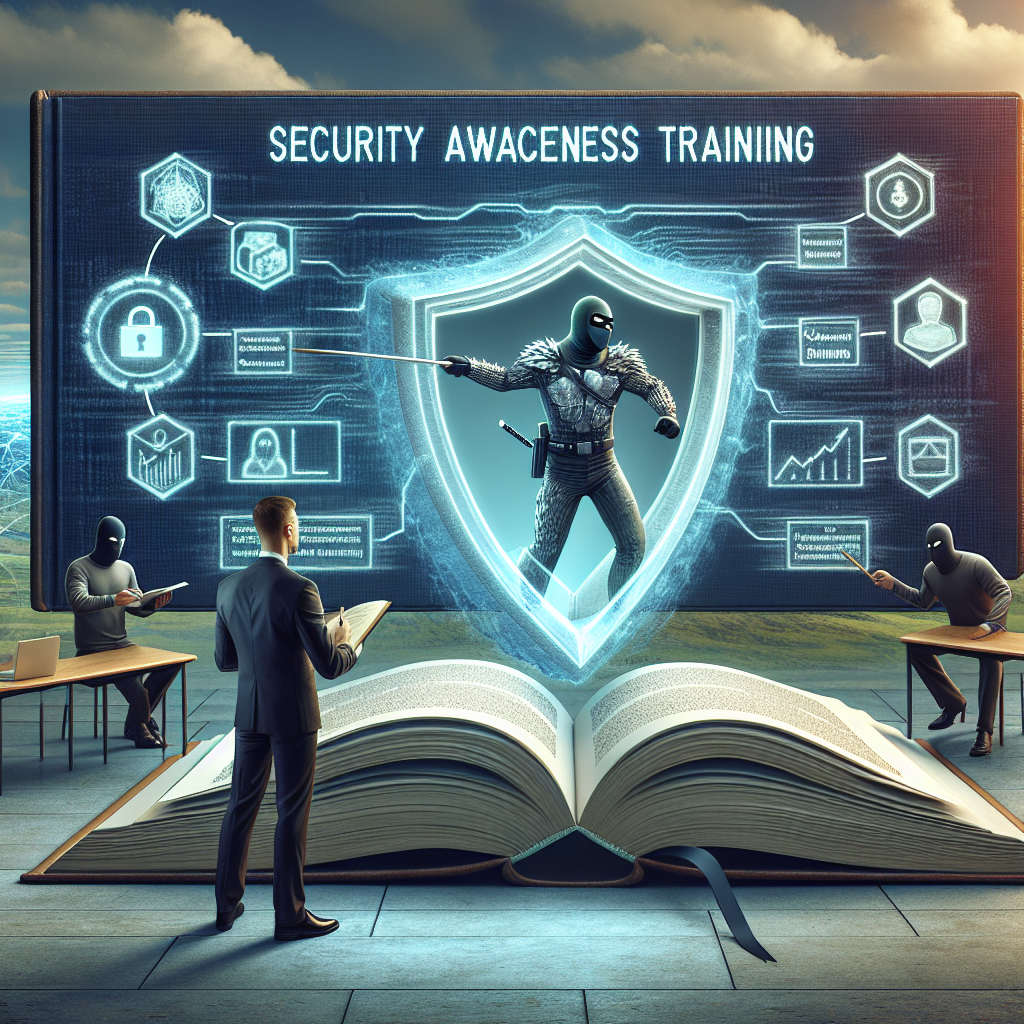Security Awareness Training isn’t just a buzzword in the digital ecosystem; it’s a necessity. In an era where cyber-attacks are rampant, having a staff body armed with the knowledge on how to prevent them is paramount. However, one doesn’t just stumble upon said awareness overnight. It’s a culture that needs to be deeply rooted in the entire team and nurtured overtime.
This guide is designed to help companies develop and enhance an effective and efficient security awareness training program that can withstand the evolving threats in our digital age.
The Importance of Security Awareness Training
Security awareness training involves educating members about the various cyber threats they are likely to face and the best practices to prevent these threats. With an understanding of the sensitive nature of the information they handle daily, employees can take actions to protect these resources.
The ultimate goal of security awareness training is to transform the behaviour of employees so that security becomes an integral part of their everyday business activities. Instead of viewing security procedures and policies as hindrances, employees should understand their value and apply them consistently.
Basics of Security Awareness Training
While the specifics of the training might change based on the nature of your business and the type of data you handle, the basics remain the same. The training should include essential aspects of cybersecurity, such as email and communication security, safe internet use, password and authentication protocols, mobile device security, and social engineering tactics used by cybercriminals.
How to Design a Successful Security Awareness Training
Identify the Needs of the Organization
Your organization may face unique cyber threats based on the industry or type of data handled. Identifying these threats can help in the creation of a well-suited training program targeted towards real-world scenarios.
Establish Clear Goals
Determine what the training program aims to achieve. Whether it’s to increase awareness, change behaviour, or reduce incidents, having clear goals will guide the training development process.
Engage Employees
Security awareness training should be engaging and interactive. Use a variety of training methods such as workshops, seminars, e-learning courses, and even gamification to ensure the training is not monotonous or dull.
Constantly Update and Revise the Training
The digital landscape is ever-evolving and so are cyber threats. Incorporate the latest threats and safety updates into your training regularly.
Conclusion
To foster a security culture in your organization, mastering the art of security awareness training is crucial. Proper training can equip your employees with the necessary knowledge to thwart cyber threats and maintain a secure digital environment. With commitment, continuous learning and improvement, any organization can create an effective and successful security awareness training program.
Frequently Asked Questions
1. How often should security awareness training be conducted?
At a minimum, security awareness training should be conducted annually. However, it is strongly recommended to incorporate security reminders and updates throughout the year.
2. Who needs to participate in security awareness training?
Everyone in the organization, regardless of their position or role, should participate in security awareness training. Cybercriminals do not discriminate, and anyone can be a target.
3. Why is security awareness training important?
Security awareness training is essential to educate employees on the latest threats and best practices for preventing cyber-attacks. This ultimately helps in the protection of an organization’s data and resources.
4. How can you measure the effectiveness of security awareness training?
Effectiveness can be measured through testing and assessments, monitoring security incident reports, and even through simulated phishing attempts to determine if employees are applying what they learned.
5. How can you make security awareness training engaging?
Consider incorporating interactive elements such as games, quizzes, workshops, and real-life examples to make the content more engaging and memorable for employees.

